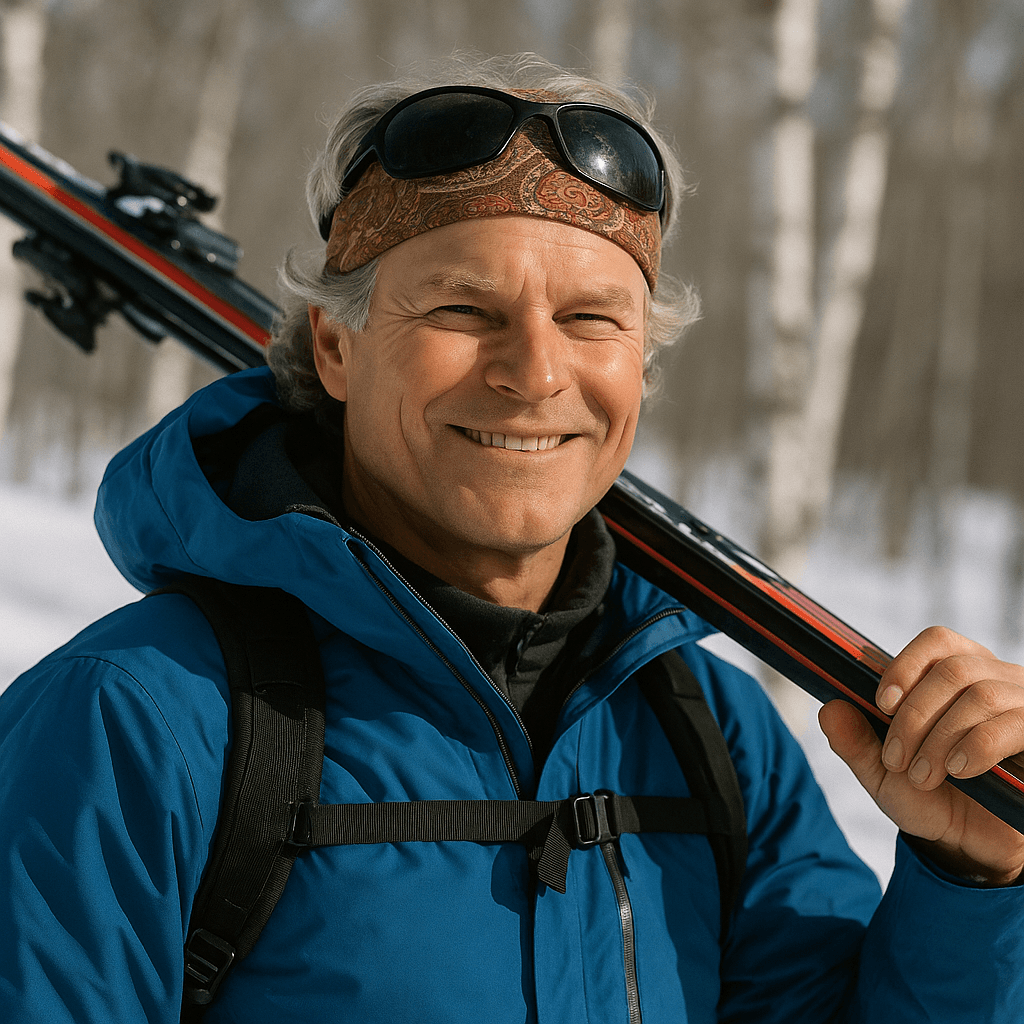
Hokkaido Powder Route (West Loop)

Niseko, Rusutsu, Kiroro, Sapporo
Give Hokkaido seven days, a snow-tired rental and a loose plan, and the west side becomes your playground — fast resets, storm-sheltered trees when it nukes, ridge windows when it blinks clear, easy eats you don’t have to overthink, and an onsen every night to switch the legs back on. If your compass points colder and quieter, pencil in our North & Central Hokkaido Loop for another trip, but for now we’re chasing west-side rhythm and grins that survive the flight home.
Route at a glance: New Chitose Airport (CTS) → Rusutsu (2 nights) → Niseko United (2–3 nights) → Kiroro / Otaru (1–2 nights) → Sapporo Teine or Sapporo Kokusai (final day) → CTS.
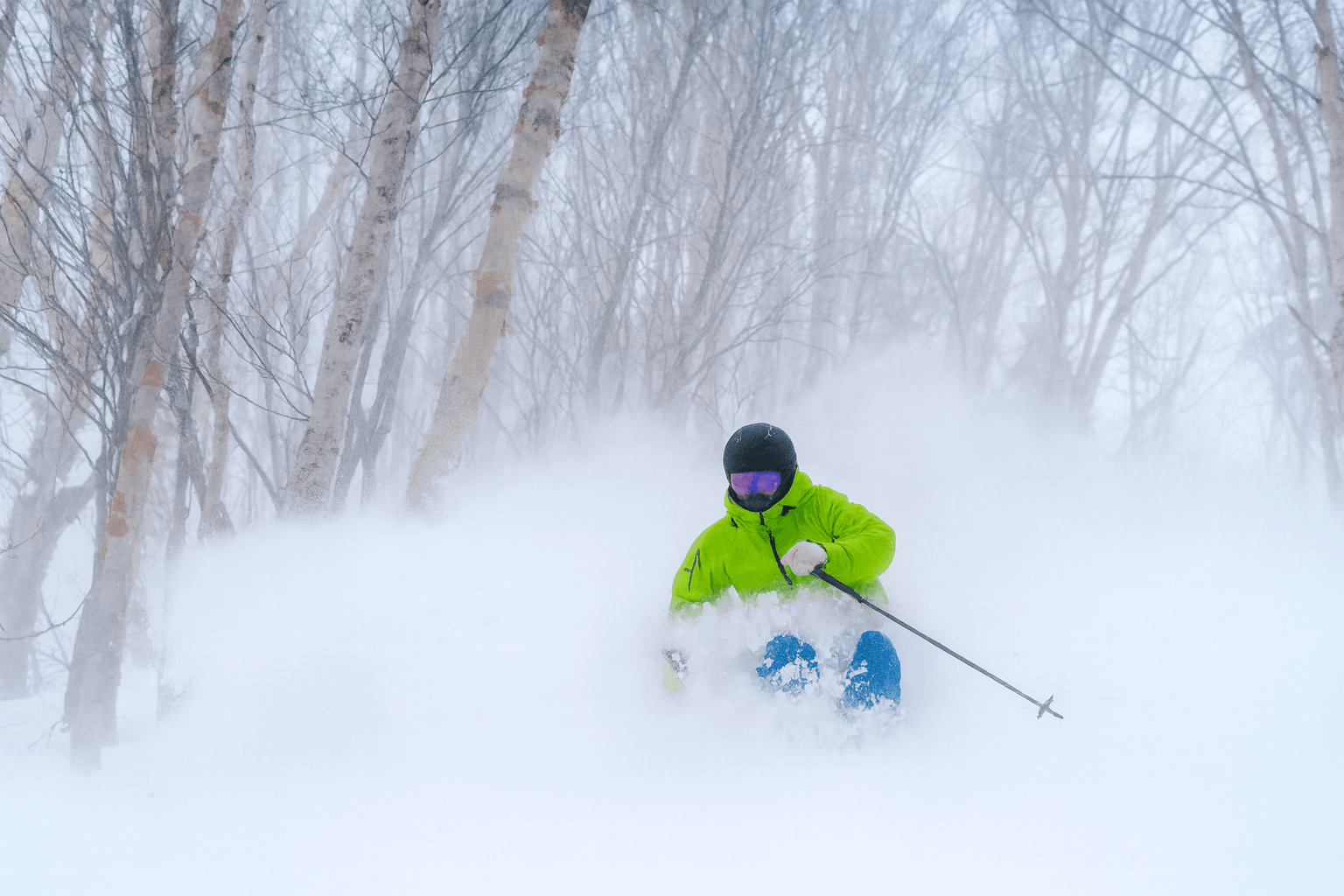
How to use this guide
- Swap the days to chase the storm. This loop works clockwise or counter-clockwise.
- Shelter vs exposure: When the wind howls, pick lower, treed lifts. When it clears, go hunt the ridgelines.
- Eat like a local: Cafeteria katsu curry or miso ramen for lunch, konbini insurance in the pocket, steam and skewers after.
- Onsen every day: Ten minutes, cool down, ten more. Sleep like a rock.
Drive-time reality check
Winter roads are ploughed fast, but ice and visibility can turn a 75-minute hop into two hours. Night driving is fine if you take it easy and watch for black ice where rivers cross the road.
- CTS → Rusutsu: 1.5–2 h in good conditions.
- Rusutsu → Niseko: 30–45 min depending on your base.
- Niseko → Kiroro: ~1.5 h via Kutchan and Akaigawa Valley.
- Kiroro → Otaru: 40–50 min.
- Otaru → Teine/Kokusai: 45–70 min.
- Sapporo city → CTS: 1–1.5 h.
Day 0 — Fly in, set up the win
Land at CTS and pick up your 4WD with studless winter tires, grab a toll ETC card if offered, and set your phone to offline maps for dead zones in the hills. Before leaving the airport, raid a konbini for onigiri, hot cans, and waters. If you’re arriving late, book your first night close to Rusutsu to cut morning stress.
Checklist before bed: fuel above half, scraper/brush in the car, boots drying, alarm set.
Days 1–2 — Rusutsu
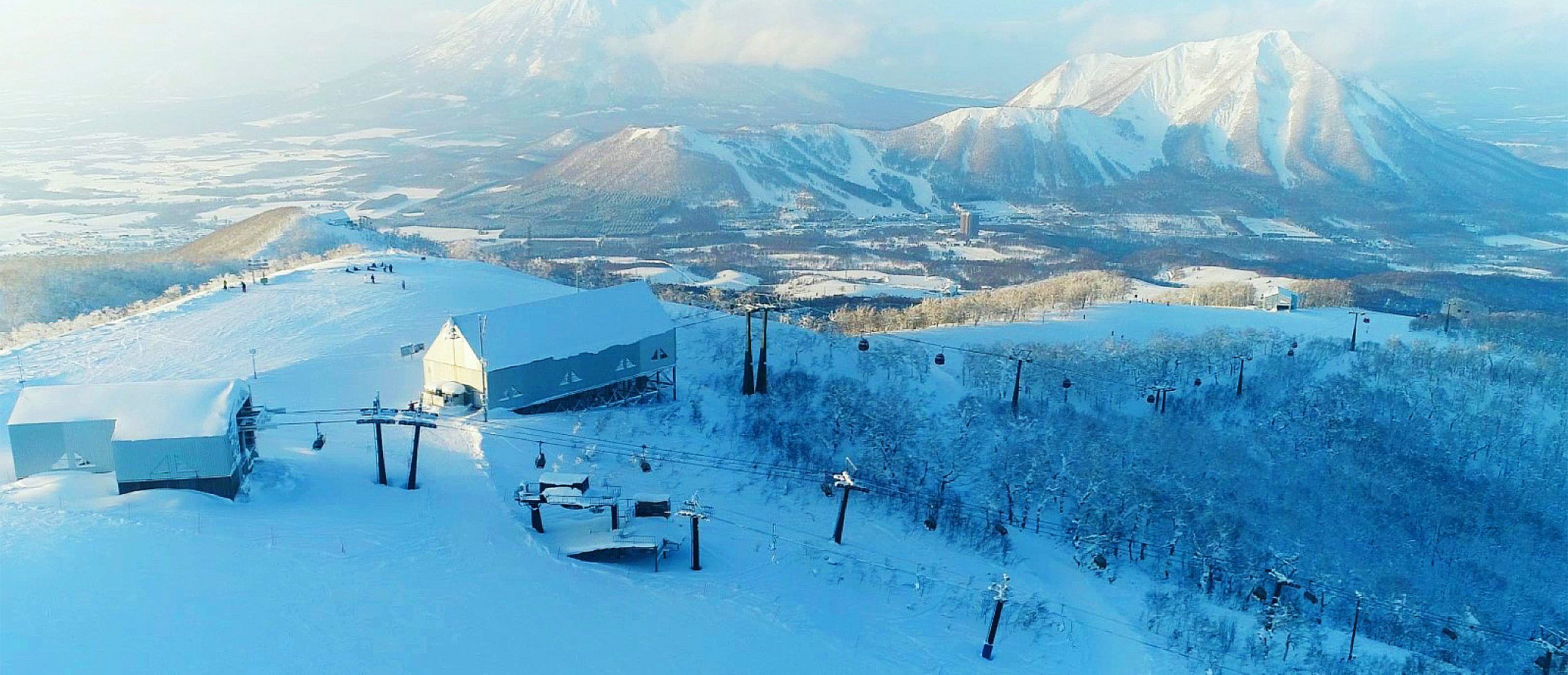
Rusutsu is a great opener. It spreads across three linked areas with natural fall-line trees that ride smooth, even for jet-lagged legs. You’ll get shelter on storm days, long glides when it clears, and plenty of places to regroup without losing the flow.
Morning plan: Warm up on lower treed chairs while the group syncs speed. As visibility allows, bump higher and scan for your favourite pitch angle. Rusutsu rewards reading the terrain — rolls, gullies, sparse birch.
Lunch drill: Cafeteria katsu curry or tonjiru with karaage. Keep it early or late to dodge the noon crush.
Afternoon: Follow where the grooming and treeline tell you the snow has stacked best. When winds pick up, drop back to the mid-mountain treed lifts and repeat.
Storm Forks:
- Wind hold upstairs? Park yourself on the most sheltered treed chair and farm it. Laps beat waiting for a rope to drop.
- Clear and cold? Traverse a little farther each run and string natural features into a top-to-bottom line.
Where to sleep: Walk-to-lift if you can. Otherwise, a short drive with easy parking is fine — the ploughs are efficient.
Après: Hotel onsen, then a simple izakaya. Order yakitori, a highball, and something green to pretend you’re balancing things.
Days 3–4 — Niseko
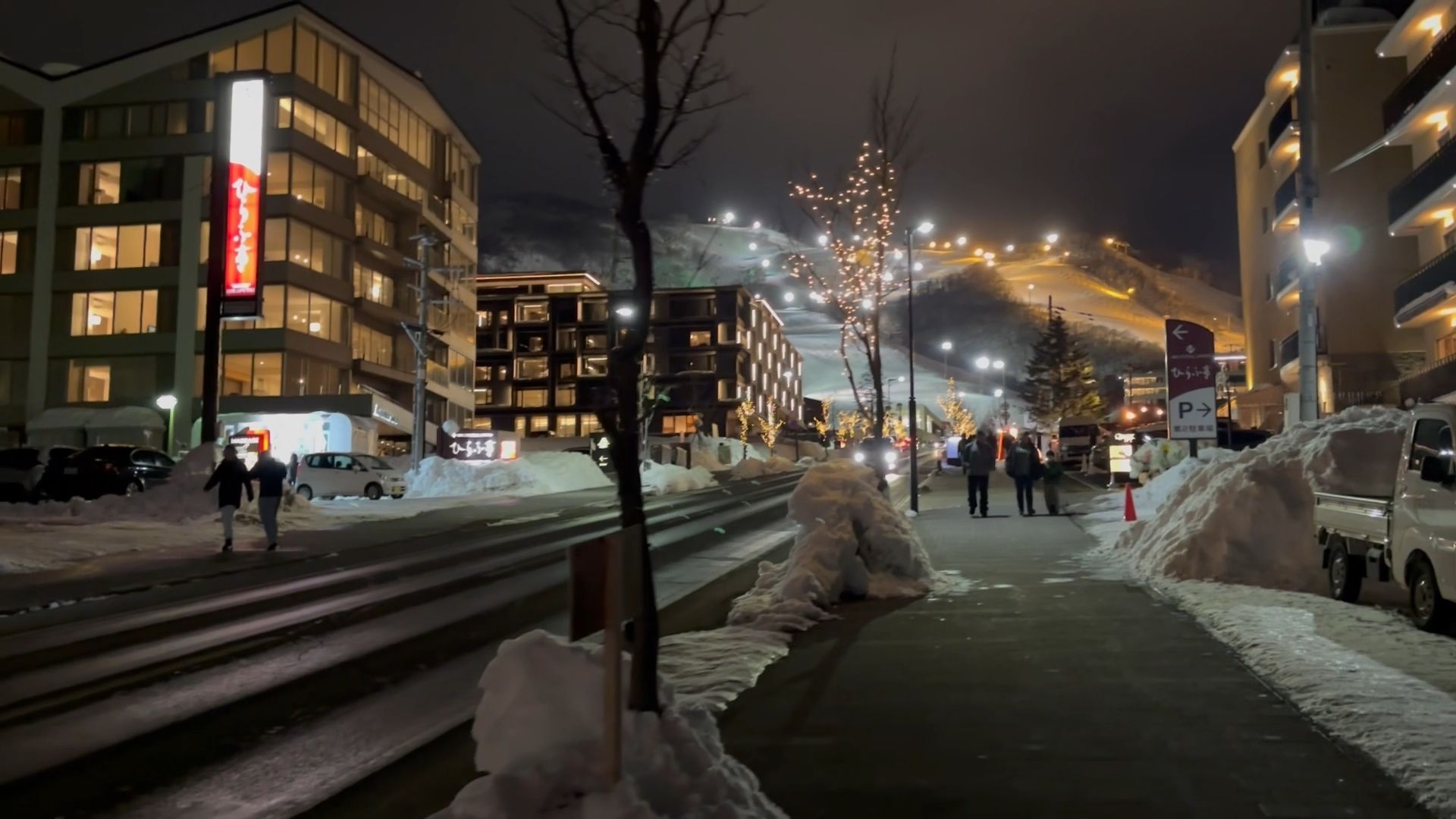
Niseko United is not a single mountain so much as a ring of interlinked areas with distinct personalities. The crowd stories are true, but so is the fact that there is a lot of terrain to spread into when you work with the weather and the lift map.
Morning plan: Check top-lift status and gate reports at breakfast. If upper lifts are delayed, start lower and stay moving. When the windows open, be ready — pack sorted, group agreed on rendezvous, phones charged.
How to ski Niseko like you’ve done it before:
- Have a plan A and B. If the ridge stays closed, your treed lines become the day. If it opens, you pivot fast.
- Use the contours. Niseko shines in the details — subtle rolls, sheltered spines, gullies that hold cold snow longer than they should.
- Respect closures. Ropes are binary here. Wait for gates to open, follow the etiquette, and treat patrol with the respect they’ve earned.
Lunch drill: Miso ramen with butter and corn or curry rice. If you’re stuck in a line at the busiest spot, walk another 50 metres and find a quieter counter.
Afternoon: Wind will decide the high game. When the top lifts spin, don’t overcomplicate it — take what the mountain gives, then fall back to your favourite mid-mountain stash. On deep days, “one more” is rarely just one.
Storm Forks:
- Whiteout tops, gusty ridges: Hug the trees on the leeward side and repeat.
- Bluebird after a storm: Get up early, move quickly when gates open, and accept that you’ll sleep later.
Where to sleep: If you want walkable nightlife, stay near Hirafu. If you care more about quiet mornings and quick lines to lower-crowd lifts, base closer to Annupuri or outside the biggest hub and drive in.
Après: Nabe hot-pot or soup curry with rice. If someone says “shime ramen” at 10 pm, know that it’s already happening.
Day 5 — Kiroro day and Otaru night
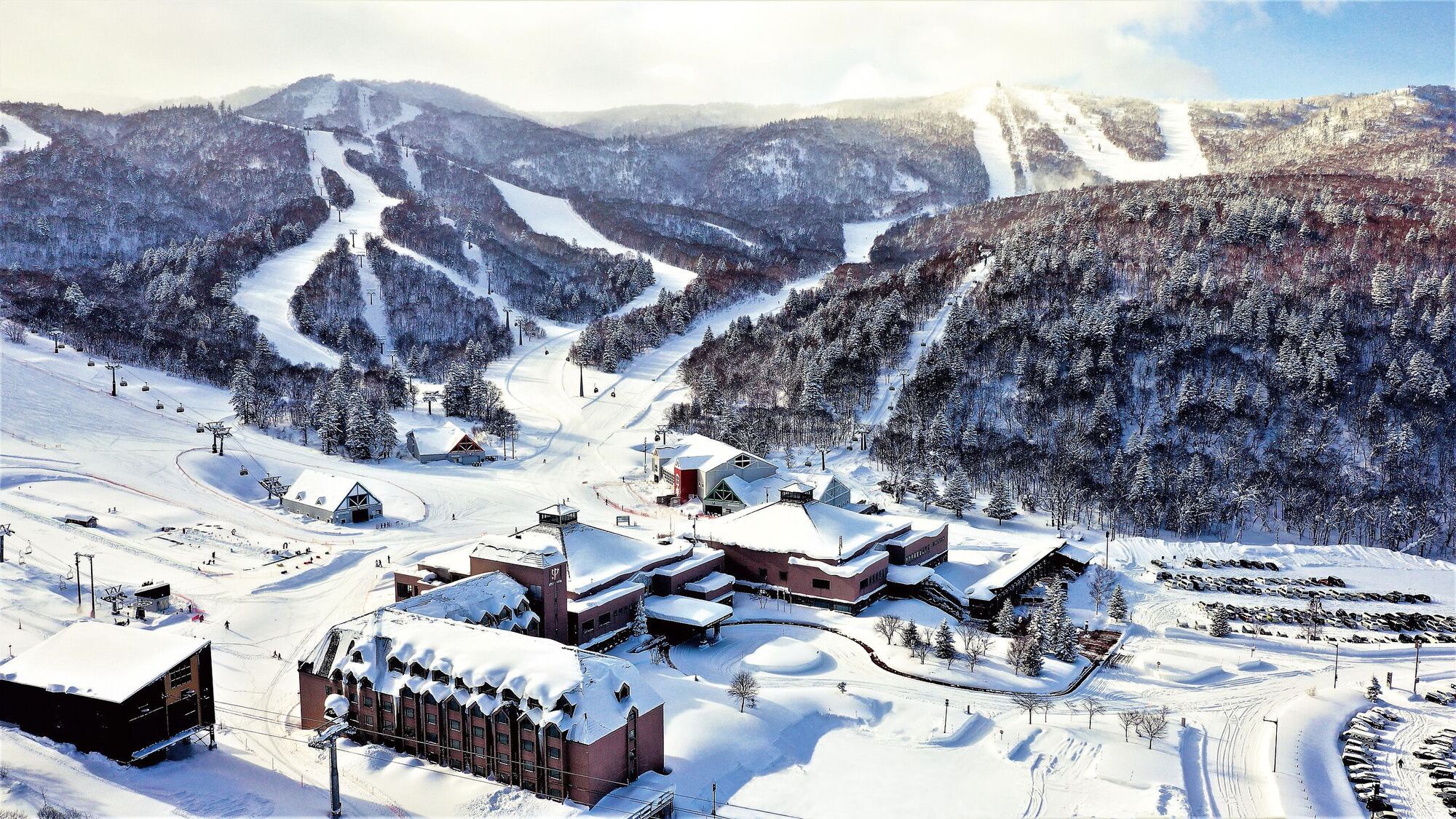
Kiroro sits in a valley that catches storms like a bowl. When the Sea-of-Japan engine is pulsing, the snow here feels unfair. It is also compact and efficient, perfect for a focused day of laps.
Morning plan: Be on time. Scan for aspects that stayed cold overnight and work the treed zones methodically. Kiroro’s lift layout makes it easy to fall into a rhythm.
Lunch drill: Udon or a rice bowl. Keep it simple.
Afternoon: When visibility allows, roam a little. The trick is stacking consistent fall-line pitches without burning time on long traverses.
Storm Forks:
- If winds are ugly: You’ll often still get sheltered chairs here. If anything major stops, take an extended lunch and wait an hour — resets can be fast.
- If the sun peeks: Milk anything slightly off the obvious lines; the snow stays good longer than your legs do.
Evening in Otaru: Drive down to the canal city for a change of scene. Walk the lantern-lined streets, onsen at your hotel or a public bath, and eat well. You can go traditional seafood or keep it low-stress with izakaya classics.
Day 6 — Sapporo Teine or Kokusai

The city mountains punch above their weight. They’re close, they reset well, and they’re fun when you’re slightly cooked from the week.
- Sapporo Teine: A dash of history, quick access, and steeper shots than you’d expect with views over the bay when it clears.
- Sapporo Kokusai: Easy rhythm, friendly fall-line, and a forest feel that plays nice with tired legs.
Morning plan: Pick the hill that matches the wind and your mood. If the radar says “little top-up,” start where the treeline is tightest.
Lunch drill: Yaki soba or katsudon. You’ll be back out in ten minutes.
Afternoon: Don’t force heroics on day six. Cruise, take photos, and leave the hill wanting one more run tomorrow.
Evening: If you overnight in Sapporo, stroll for coffee, soup curry, or a pub with a wall of taps. If you’re flying early, drive back toward CTS and stay near the airport.
Day 7 — Bonus laps or wheels up
If flight time allows, sneak a half-day at Teine or Kokusai and shower at the base before pointing the car south. If it’s a hard travel day, sleep in, have a good breakfast, and return the rental unrushed. You’ll be back.
Where to stay — three bases that just work
Rusutsu: Walkable to lifts if possible. If you’re driving in, look for easy parking and a drying room. Rust-free racks and warm boot storage are the mark of a host who gets winter.
Niseko area: Grand Hirafu if you like bustle, Annupuri or just outside the core if you want quiet mornings and quicker parking. Either way, decide whether you’ll walk to dinner or drive.
Otaru / Sapporo: Base here for your Kiroro and city-hill days. Business hotels are perfect for a quick hit — compact, clean, good showers, laundries, and easy access to stations or arterial roads.
Food that fuels the loop

- Breakfast: Onigiri and a bean-to-cup konbini coffee. Grab two, you’ll thank yourself.
- Lunch: Katsu curry, miso ramen, udon, tendon — simple, hot, fast.
- Après: Jingisukan lamb grills, yakitori, soup curry, nabe. Keep an eye out for local pickles and tofu — they pair beautifully with beer or sake.
- Late: Shime ramen is not mandatory, but it does have a way of happening.
Onsen shortlist by vibe
- Snow-falling rotenburo: Outdoor pool, steam rising, snowflakes landing on your shoulders.
- Quick reset: Small indoor bath near your stay, in and out in twenty minutes.
- Family-friendly: Kazokuburo private bath you can book by the hour.
Bring a small towel, tie up long hair, wash first, and keep voices low. Ten minutes, break, ten more — you’ll float out.
Storm logic — how to choose your hill each morning

- If the ridge is closed or gusty: Rusutsu or Niseko’s mid-mountain trees.
- If the ceiling is low, but winds are moderate: Kiroro’s treed laps or the city hills.
- If it clears after a dump: Niseko United’s higher lifts when patrol flips the signs. Have a partner plan and a rendezvous point, then move.
- If everything is calm with older snow: Pick long groomers for leg flow, then hunt for shaded pockets and chalk.